Incubator/fluoresence microscope
Stand: Microscope stand configuration AFL
Objective: Objective A 4 / 0,10, Objective A 10 / 0,25, Objective SPL 20 / 0,35 (LD), SPL 40 / 0,60 (LD) in correction mount
condenser: Brightfield condenser NA 0,25 for attachment to the illumination unit
Illumination: HBO 100
Lamphouse: HBO 100 with collector, mirror, lamp mount and heat protection filter
HBO LAMP: Mercury high pressure lamp 100 W
Power supply: HBO 100 including mains cable
Filter slider: Filter slider for up to 2 filtersets
FITC Filter: Filter set D for immunofluorescence (FITC) blue excitation
Set of accessories: Set of accessories WS AFL, operating manual, dust cover
Report Abuse
Shipping Details
Based on 0 reviews
Be the first to review “Incubator/fluoresence microscope”
You must be logged in to post a review.
Vendor Information
- Store Name: ATLANTIC Scientific and Research Supply
- Vendor: ATLANTIC Scientific and Research Suply
- No ratings found yet!
-
-
Health & Medical
Haemometer set
Haemometers are used for the determination of blood’s content of haemoglobin. The Marienfeld Superior haemometer according to Sahli is supplied as complete set consisting of:
polystyrene support with 2 coloured rods and opal glass plate
comparator tube
haemoglobin pipette 20 μl acc. to Sahli
silicone tubing of approx. 16 cm length
white mouthpiece
dropping pipette with rubber teat
stirring rod
acid vial
cleaning brush
directions for use
without CE – mark, only for sale and application outside ECSKU: n/a -
Health & Medical
Deep Freezer
- Type: Chest Freezer
- Total Gross capacity Liter: 545
- Freezer Gross Capacity Liter.: 545
- Dimension(W*D*H): 1654*745*905
- Gross Capacity (Cubic Ft.): 19.26
- Temp Freezer: Min -28
- Net Weight (Kg): 76 kg
- Gross Weight (Kg): 86 kg
- Voltage Range: 105V – 260V
- Refrigerant: R600a
- Food Basket: 2
- Super Freeze Function: Yes
- LED Lights: 2
- Power On Indicator: Yes
- Climate Class: T
- Copper Evaporator: 5 sides
SKU: n/a -
Health & Medical
water distillation unit
Manufactured in the U.K., the QWS4 combines performance and reliability with exceptional value for money. This new water still incorporates a number of operational and safety features that make this still the ideal choice for your laboratory. • Output capacity 4Litres/Hour pyrogen free* single distilled water • Distillate quality complies with European Pharmacopoeia for Purified Water & A.S.T.M. Type 4. • Pyrex® glass boiler and condenser minimise potential contamination of distillate from the leaching effect of distilled water on metal components • Distillate pH5.0-6.5 • Distillate conductivity 3.0-5.0uS/cm • 3kW chromium plated heating element with 2 independent re-settable thermostats protect the still in the event of water supply failure • Easy to clean. No glassware dismantling is required • Available in 230V, 220V and 120V versions. Output capacity of 120V model is around 2.4Litres/Hour • Can wall or bench mounted • CE marked by independent testing agency • Supplied with an instruction/operating manual • All of the major components are available as spare parts *We recommend that the distillate is tested before use
SKU: n/a -
Health & Medical
ECG Machine
Model number: ECG-903 (Three channel)
Three channel ECG with interpretive
Build in rechargeable Li battery
Chinese/English language
Simultaneous 12 leads
320X240 graphic LCD, 3.8 inch screen
Paper size: 63mmX20/30m
Built in RS232 interface (USB is optional)
128 patients save/copy/communicationSKU: n/a


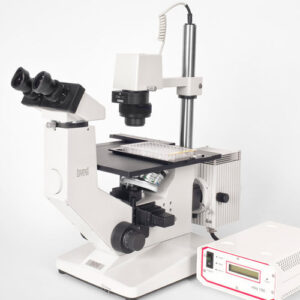


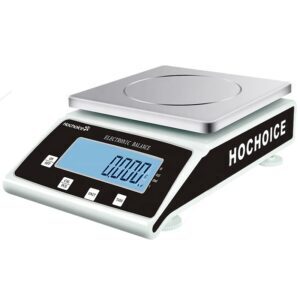
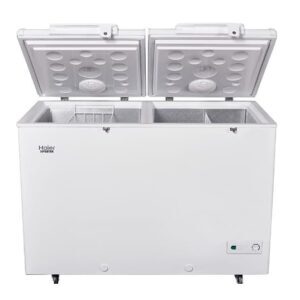
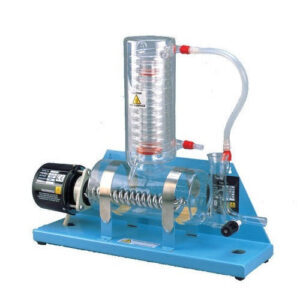


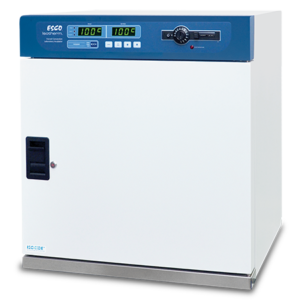
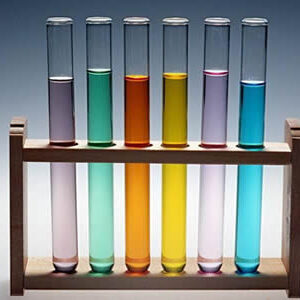
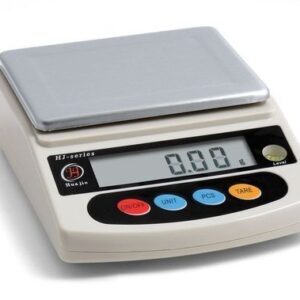
There are no reviews yet.